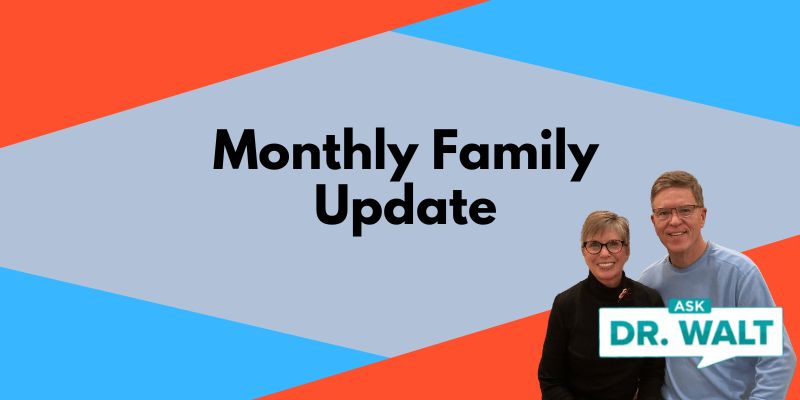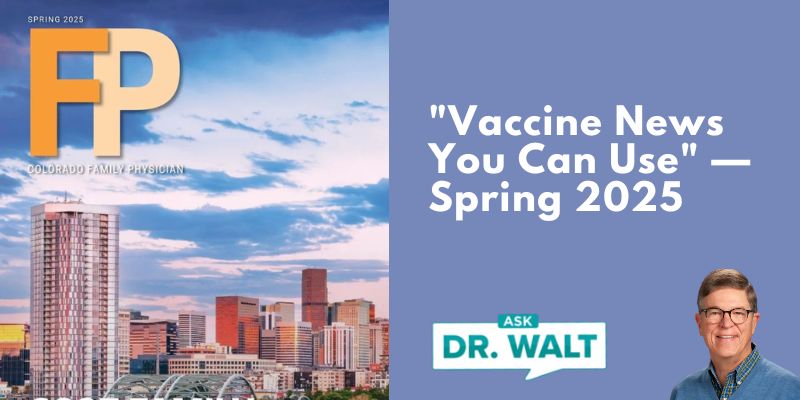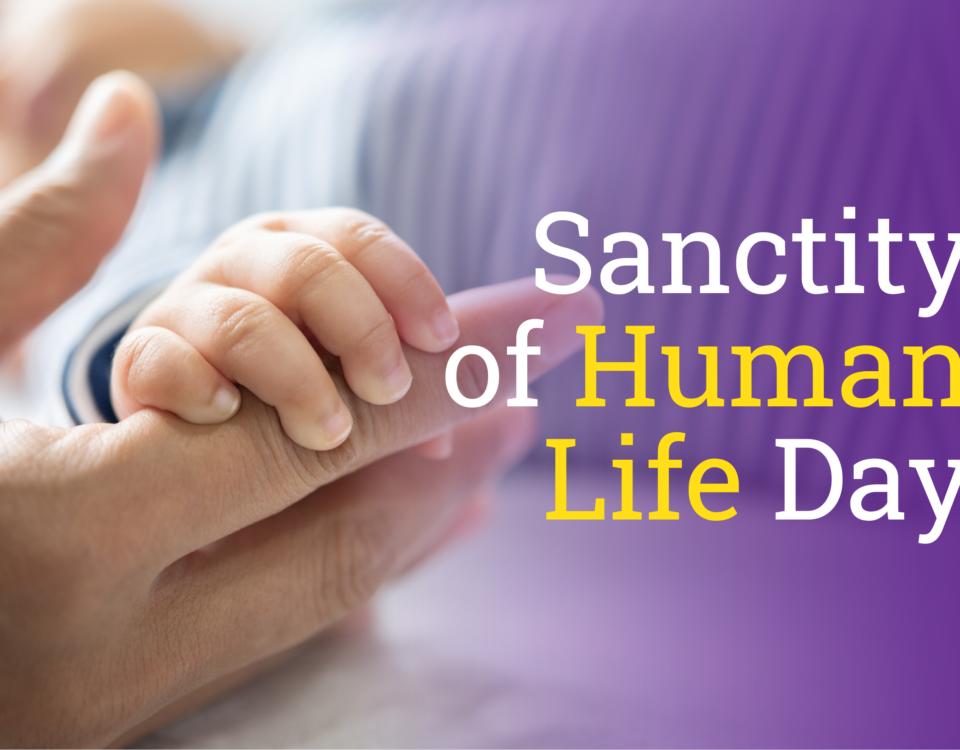
July 30, 1944 — A horrific accident as one of the men is blown up and it could have easily been prevented (Part 2)
July 30, 2024
Monthly Family Update — August 2024
August 1, 2024After over four and a half decades as a physician and after two and a half decades on the RBRVS Commission (The resource-based relative value scale is the system used by the the Centers for Medicare & Medicaid Services [CMS] and most other payers of medical services) for 25 years, I had a fairly firm grasp of the value and costs of a wide variety of medical services. However, I was recently in for the shock of my life.
MY ILLNESS
First, the back story. On April 7, I came down with a bad cold, and by April 8, the cold moved into my chest. That happens about twice a year, and the symptoms are usually taken care of by over-the-counter medications.
However,
it worsened the night of April 8 into fever, a severely sore throat, and finally the inability to swallow accompanied by drooling (I couldn’t swallow my own saliva).
I was now concerned about the potentially fatal condition called epiglottitis, which is when the epiglottis (a small cartilage “lid” that covers the windpipe) swells. The can block the flow of air into the lungs. Because of this, epiglottitis can be deadly and needs quick care to prevent deadly complications.
MY EXCELLENT TREATMENT
About midnight, I woke Barb up, and she took me to a new ER close to our home. An X-ray showed no epiglottis, and testing for influenza, RSV, strep, and COVID were all negative. the physician was concerned about a severe viral or bacterial infection, so his initial treatment included IV fluids, an IV antibiotic and steroids. I was soon able to swallow, although it was still painful.
The ER physician felt I needed an emergent ENT consult for a fiberoptic laryngoscopy (nasolaryngoscopy), but unfortunately they did not have one on staff yet.
This meant an ambulance transfer to the closest hospital with an ENT physician, where I had the procedure. The ER and ENT physician both felt I should stay overnight in ER observation until I could swallow normally. The continued IV fluids, antibiotics, and steroids.
By the next morning, I was on my way to recovery. And after being able to eat a lunch of soft foods with no difficulty swallowing, I was discharged home as was completely recovered in a few days.
THE HORRENDOUS CHARGES
Then, just a few days ago, the bills began to arrive … for literally 12 hours in the ER and ER observation and ambulance transfer between hospitals:
- $55,163.67 Hospital and Doctor Charges
- $3,140.16. Medicare only Approved / Medicare and Supplement Paid
Since hospitals and doctors must accept what Medicare approves and cannot pass along the rest of their charges to the patient, and since my deductibles had been met for the year, my cost was $0.00.
I’m grateful that I have Medicare and an excellent supplement (United Health Care). I can’t begin to imagine how someone with no insurance whatsoever would ever, ever, ever handle such incredibly high charges.
Nevertheless, had I been informed that I would be charged over $50,000 for my treatment, I might have chosen:
- Oral instead of intravenous medications
- Oral hydration once I could swallow
- To have avoiding ambulance transfer to another ER
- To have not had an ENT consult and fiberoptic laryngoscopy
- Observation at home and not in the ER
However, I was not furnished with the information that would have allowed Barb and I to make an informed decision regarding my purchase of this healthcare.
Furthermore, the cost of my emergent care was not revealed to me until several weeks later!
FORMER SURGEON GENERAL RUNS INTO THE SAME SITUATION AS ME
Color me astounded. But, I’m not alone.
Jerome Adams, MD, MPH, who is the Director of Health Equity at Purdue University and was the 20th Surgeon General of the U.S., wrote an op-ed on May 17, 2024, titled, “I’m a Former Surgeon General and I Couldn’t Believe My $10k Medical Bill — Everyone must be able to access necessary care without fear of financial ruin.” Dr. Adams began:
In a recent tweet that resonated with many, I shared my startling encounter with an unexpected medical bill of nearly $5,000 (originally $10,000). The incident shed light on a widespread issue that countless Americans face when grappling with the labyrinthine and often bewildering U.S. healthcare system.
Dr. Adams pointed out:
In my case, had I been aware that I would be charged $10,000 for basic treatment that included IV hydration — care that you can get in a hotel room or via mobile clinics in many cities for less than $500 — I would have opted to hydrate at home. However, despite healthcare purportedly operating as a free market, I was not furnished with the requisite information to make an informed decision regarding my purchase. Moreover, I was not apprised of the cost of my care until 6 weeks later!
It is worth noting that emergency veterinary clinics furnish cost estimates to pet owners, enabling them to make informed decisions before proceeding with care. If we can do it for Fido, shouldn’t we be able to extend comparable transparency to human healthcare as well?
This ordeal underscores a harsh reality: Millions of Americans face unforeseen out-of-pocket expenses, but few can shoulder such a burden. This contributes to medical debt or time out of work for medical issues being a factor in 66% of all bankruptcies in the U.S. My personal experience builds on a national discourse regarding the imperative for enhanced transparency in healthcare pricing and safeguarding patients from the specter of surprise medical bills.
He then observed:
My recent and ongoing ordeal with an unexpected and burdensome medical bill, despite my professional background, underscores the imperative for enhanced transparency in healthcare pricing and safeguards against surprise bills. If I, with my knowledge, expertise, and connections, struggle to navigate the U.S. healthcare system, the average American doesn’t stand a chance.
AMEN to that. Dr. Adams concluded:
By embracing the policy changes delineated above, we can endeavor towards a healthcare system that is more equitable, affordable, and accessible to all. While my family and I can afford to settle our bill, my advocacy transcends personal interests; it serves as a clarion call for healthcare reform, ensuring that everyone can access necessary care without fear of financial ruin.
For those who are interested, here are Dr. Adams recommendations:
Toward a Fairer Care System
To address the scourge of surprise and exorbitant medical bills and ameliorate the healthcare system for all Americans, I proffer several recommendations, some of which are components of the NSA but need to be better enforced [Although the No Surprises Act (NSA) was passed to address just this issue, its implementation (beginning in 2022) has been contentious and some hospitals are still not in compliance]:
- Enhance transparency in healthcare pricing: Mandate that providers disclose an estimate of charges upfront, whenever possible, enabling patients to make informed decisions about their care.
- Institute arbitration for billing disputes: States should implement arbitration to impartially resolve billing disputes between providers and insurers, shielding patients from exorbitant bills they cannot afford.
- Advocate for consumer protections: Educate and empower patients to advocate for themselves through measures such as the right to appeal surprise bills and negotiate payment plans with providers.
- Support legislative efforts to address surprise medical bills: Rally behind state and federal legislation, such as the NSA, aimed at tackling surprise medical bills and fortifying patient protections.
- Foster collaboration between providers and insurers: Encourage cooperation between providers, healthcare systems, and insurers to prevent surprise bills and enhance the healthcare experience for patients. Too often, doctors are blamed for high medical bills, when they are usually responsible for a minority of the actual charges.
- Improve high-deductible health plans (HDHPs): Bolster understanding of HDHPs and the importance of contributing to health savings accounts (HSAs) through educational campaigns, while exploring ways to shield consumers from unforeseen medical bills and mitigate the phenomenon of “January surprises” like mine.
And, the April surprise and shock of mine.
© Copyright WLL, INC. 2024. This blog provides healthcare tips and advice that you can trust about a wide variety of general health information only and is not intended to be a substitute for professional medical advice, diagnosis, or treatment from your regular physician. If you are concerned about your health, take what you learn from this blog and meet with your personal doctor to discuss your concerns.v



2 Comments
Similar experiences. It is just crazy!
Yup! Hope all is well with you and yours.
Walt